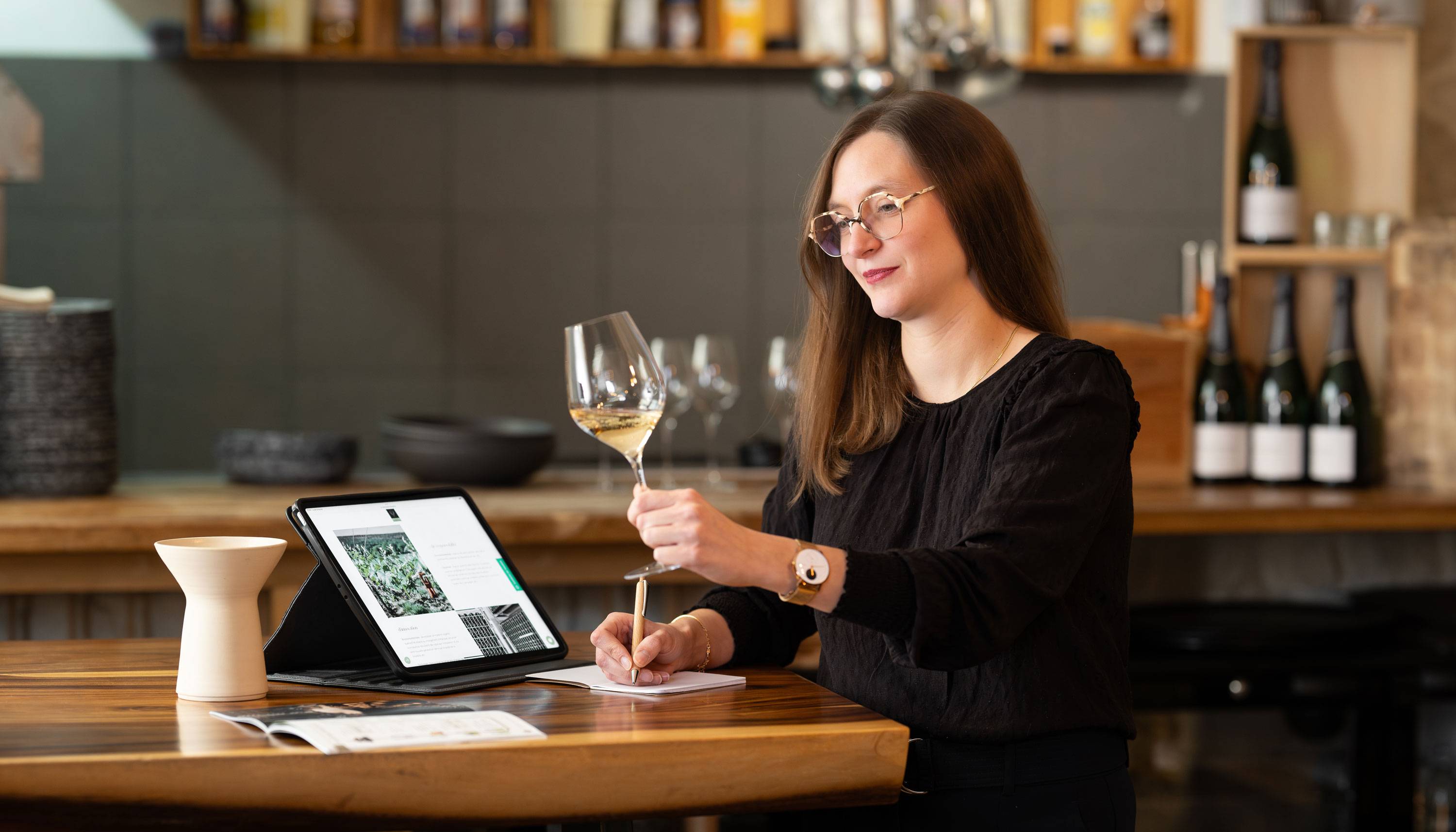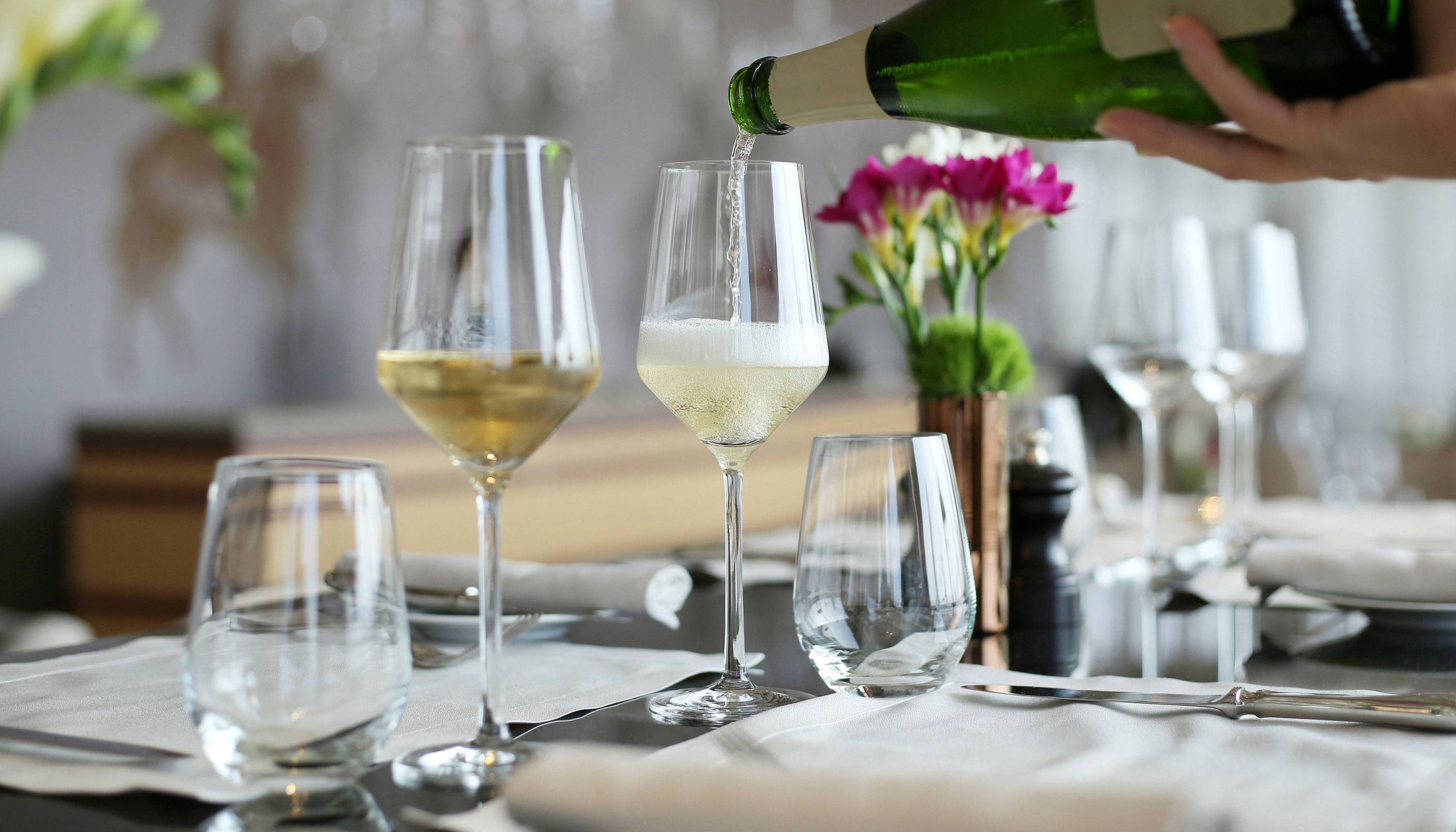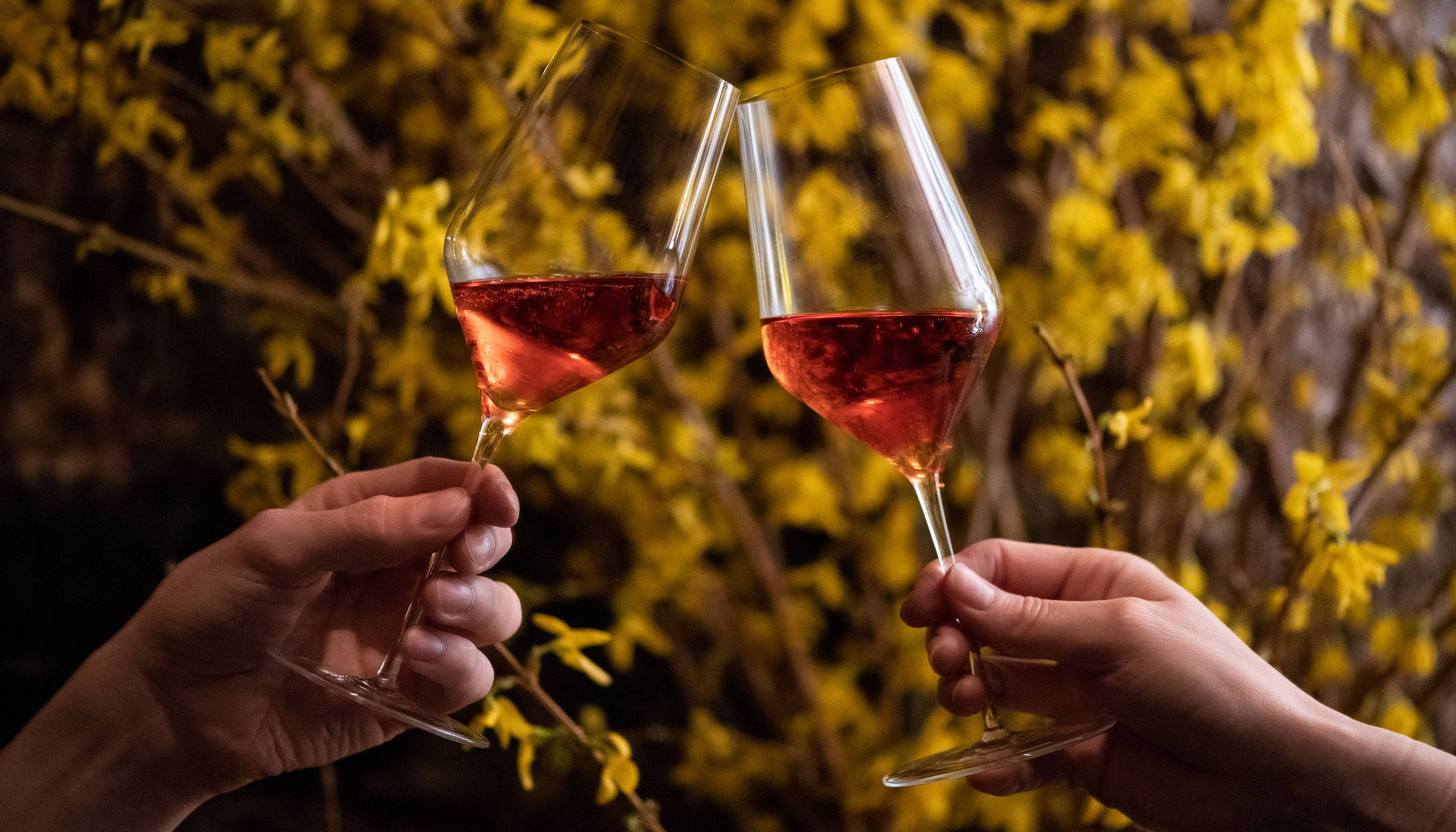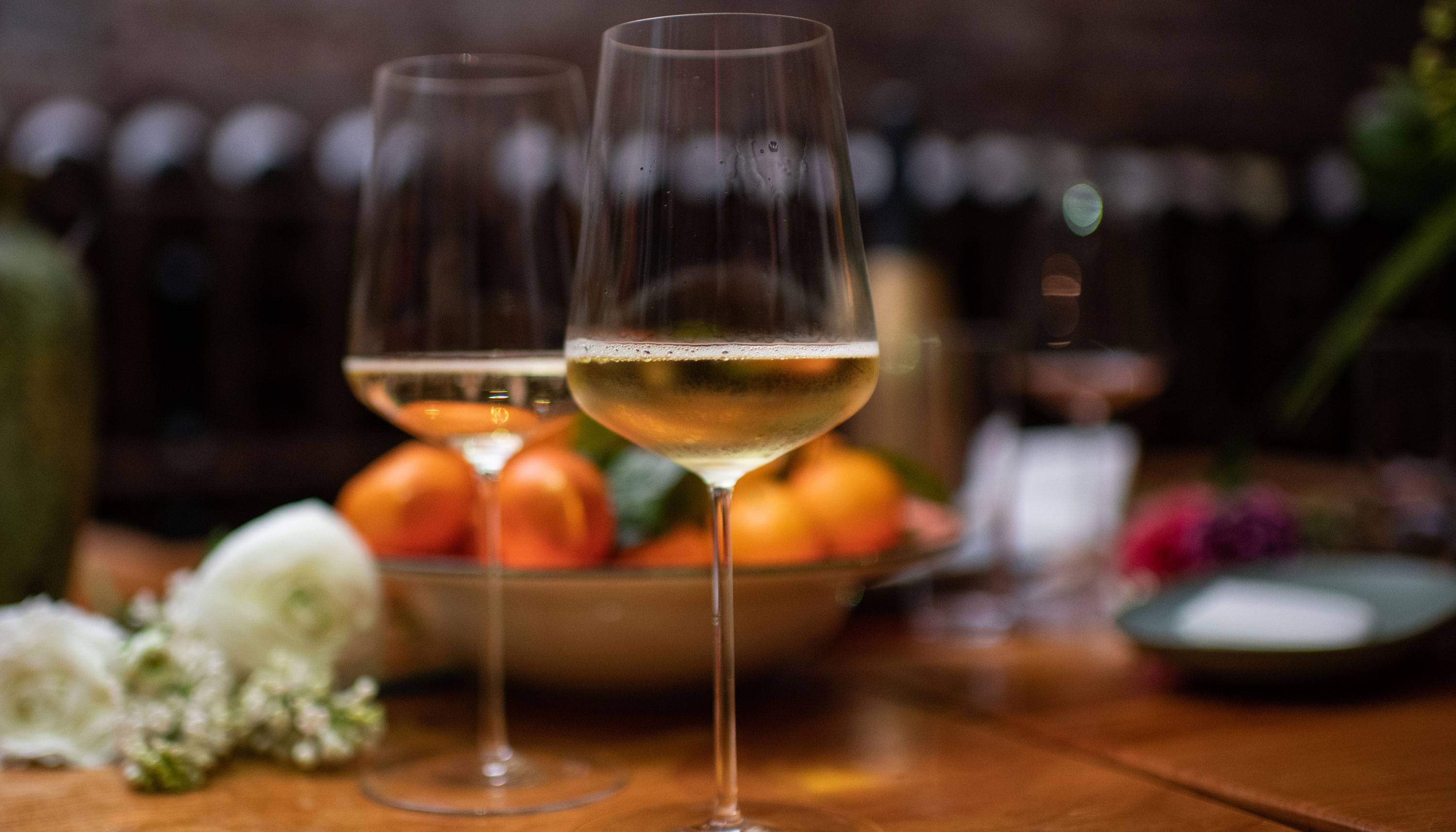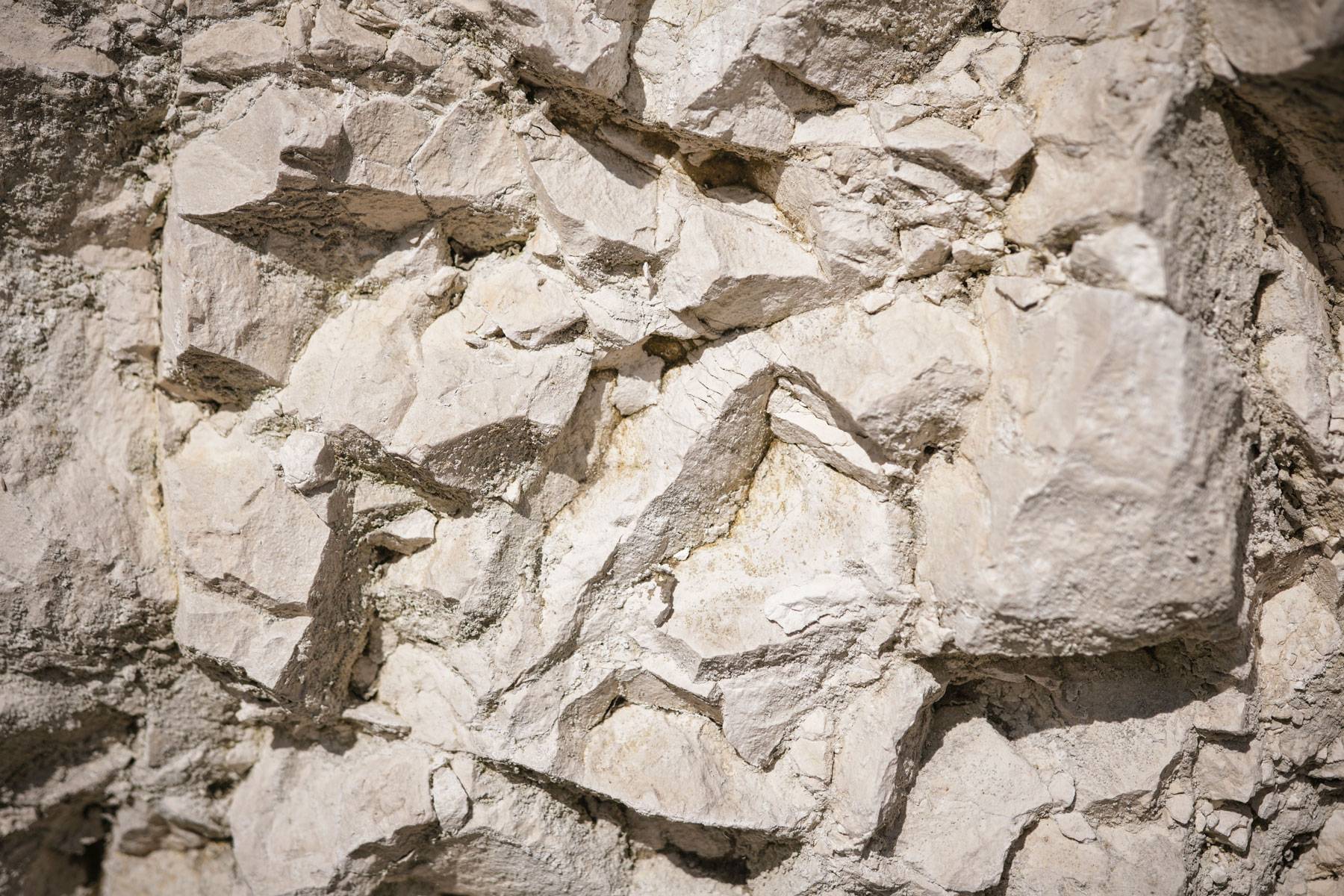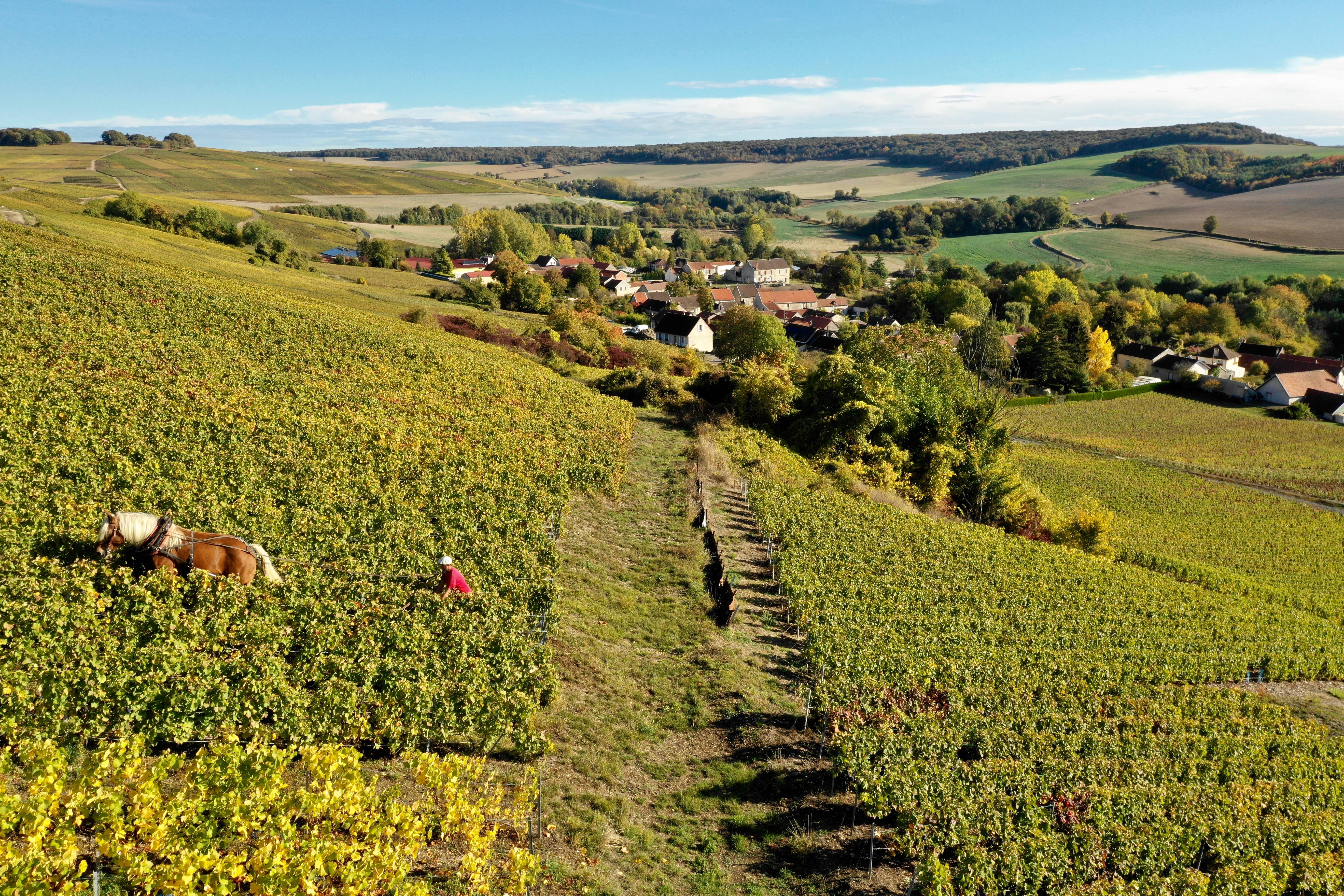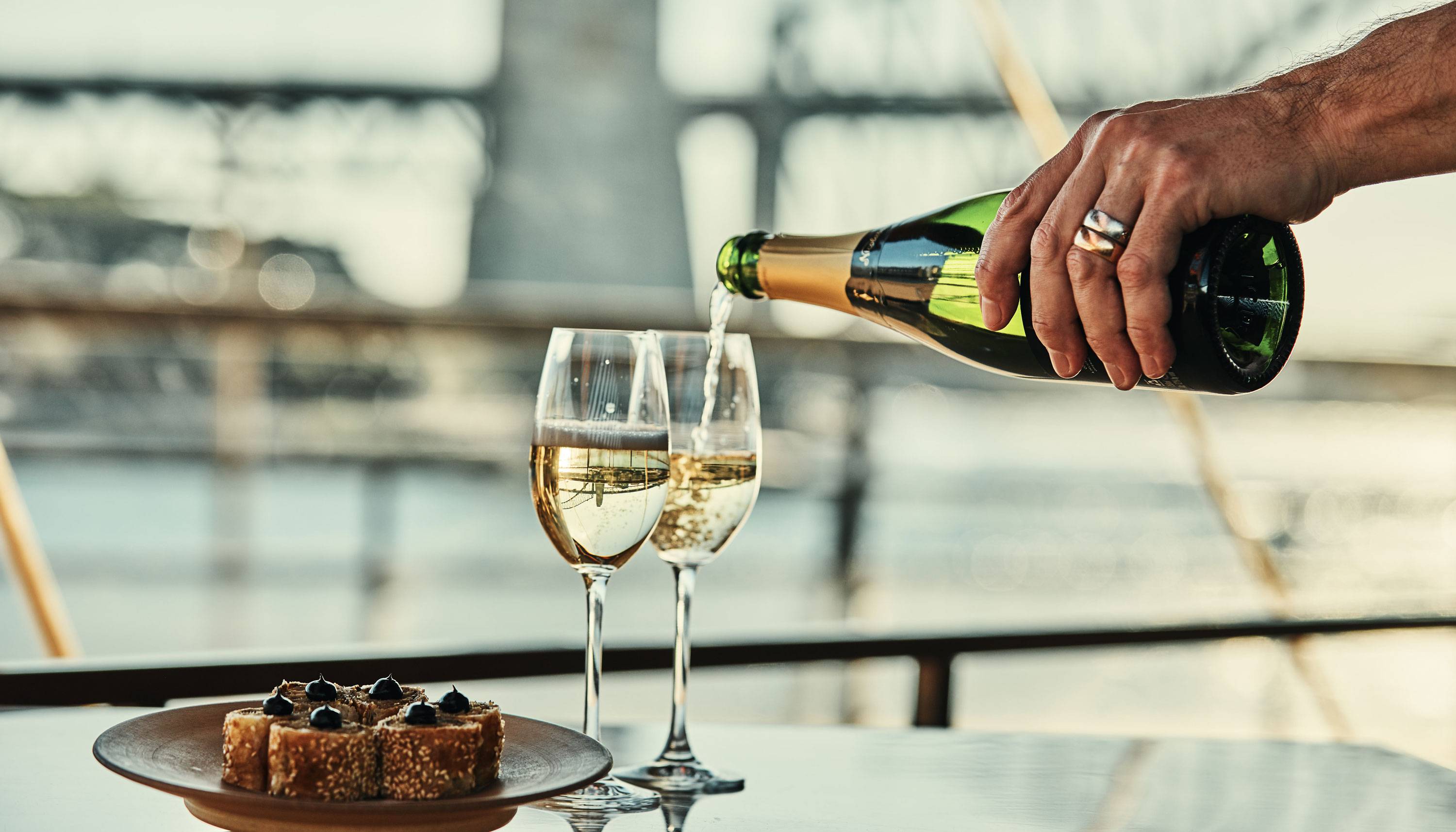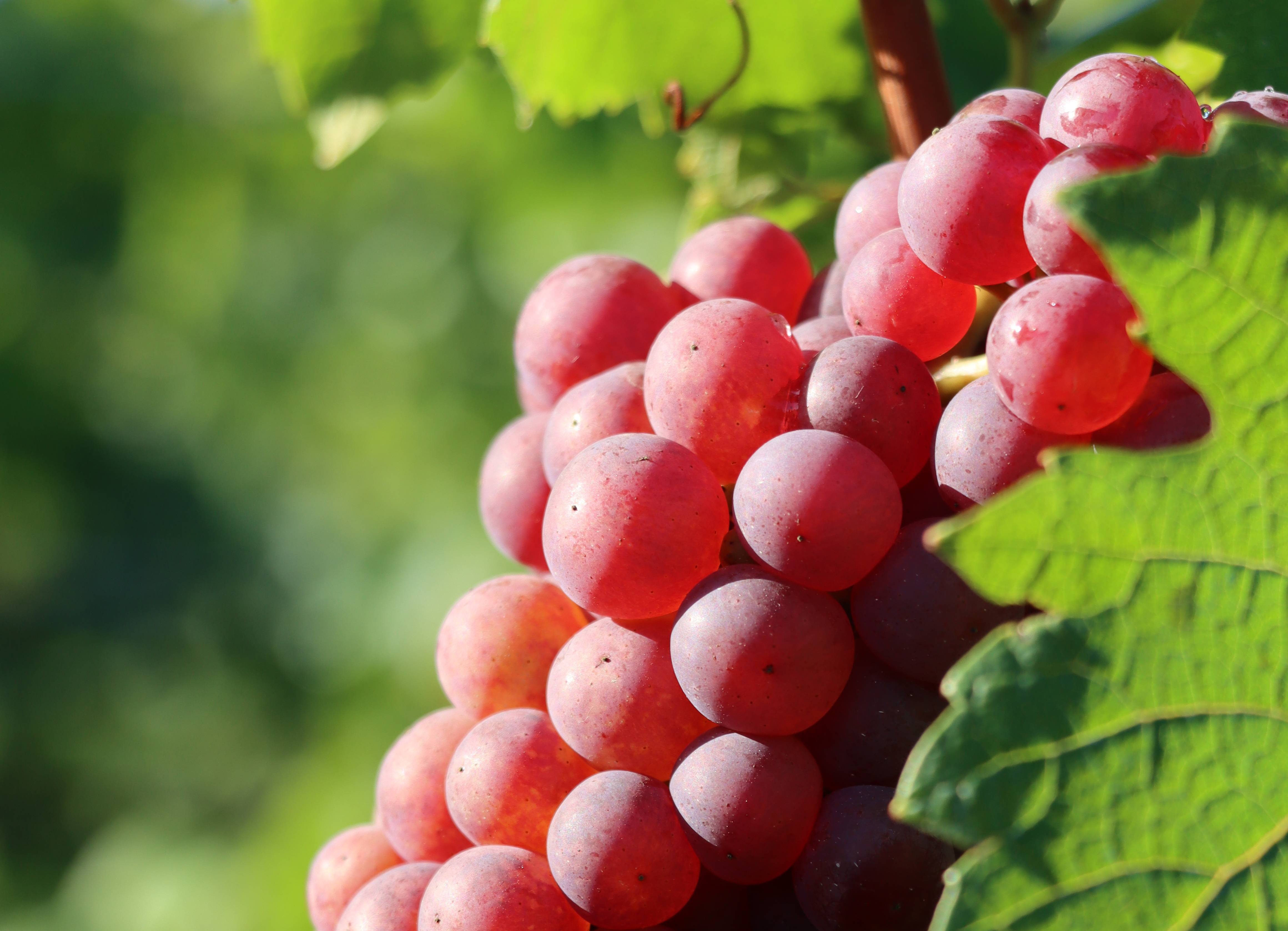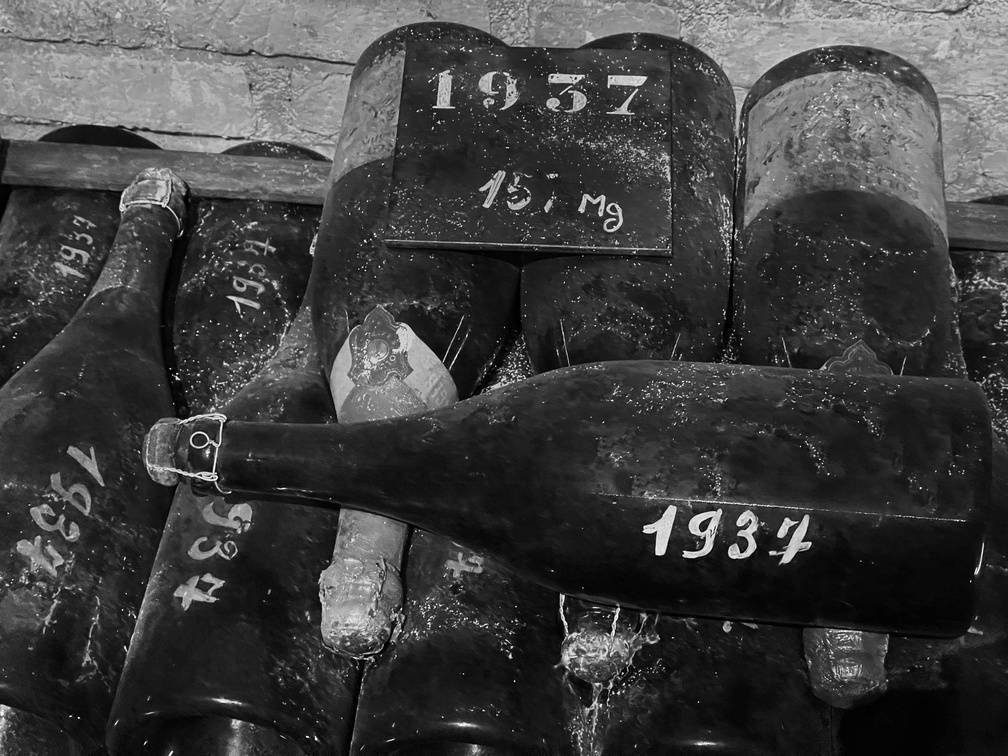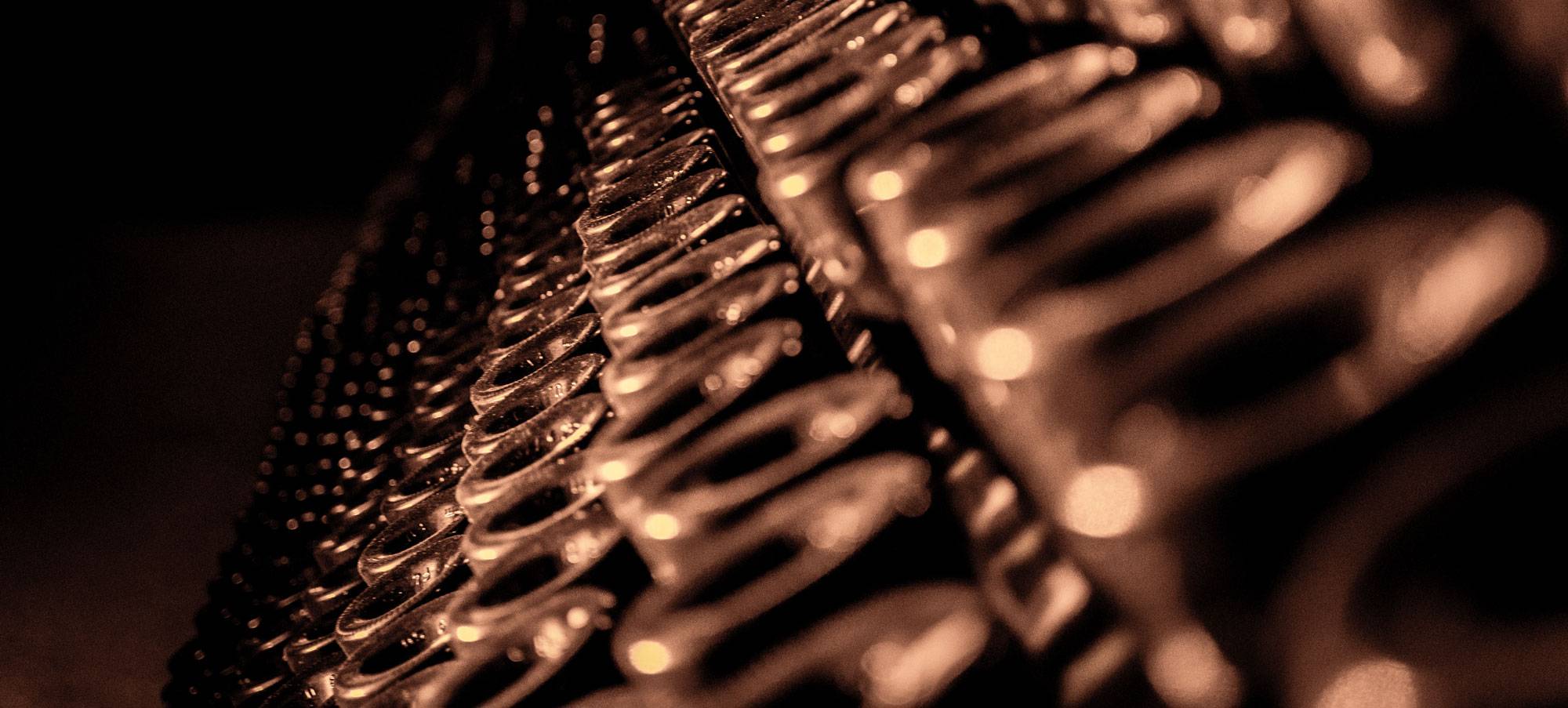Discover the keys to speaking about Champagne with precision and enthusiasm.
Champagne is a true invitation to a sensory journey, a tradition that enhances festive moments and accompanies the finest dishes. Knowing how to present it, whether to guests or customers, means sharing more than just a bottle: it’s about conveying passion, history and emotion. In this article, let’s dive into the fascinating world of Champagne, from its vocabulary to its cuvée styles, and the essential mentions to look for on the label.
Essential Champagne vocabulary
To present Champagne accurately, mastering its terminology is crucial. Among the key terms: cuvée (wine blended according to a specific style), vintage (highlighted harvest year), and dosage (sugar content of the wine). Far from being jargon, these words are keys to describing the character and typicity of each Champagne, helping enthusiasts make informed choices.
The different cuvée styles: diversity and nuances
Champagne comes in several main styles, each offering a unique tasting experience:
- Brut non-vintage: The great classic. A true signature of the House, it results from blending different grape varieties, years and crus. It can be produced from a wide range of winemaking techniques. Versatile, it suits both aperitif and table.
- Blanc de blancs: Made exclusively from white grapes, mainly Chardonnay, this style seduces with finesse and minerality. It highlights the purity of chalky terroirs and pairs beautifully with delicate dishes like seafood.
- Blanc de noirs: Crafted from black grape varieties (Pinot noir and Meunier), this assertive Champagne offers power, structure and depth. It enhances festive meats such as turkey or stuffed capon, marrying its red fruit aromas with the richness of the dish.
- Rosé: Obtained by macerating black grapes or blending white and red wines from the Champagne appellation before the second fermentation, Rosé Champagne combines indulgence, intensity and freshness. Its fruity notes work wonders with red fruit desserts or sweet-and-savoury dishes.
- Vintage: Produced only in exceptional years, it reflects the character of a specific vintage and spends at least 36 months in the cellar. This wine for ageing, marked by its year, offers a memorable tasting experience.
Key mentions to look for on the label
Certain indications may appear on the bottle:
- Disgorgement date: The date when the Champagne was disgorged. After this operation, the Champagne usually remains in the cellar for a few months before shipping. It is then ready to be enjoyed.
- Tirage date: Indicates when the wine was bottled for the second fermentation, helping estimate cellar ageing duration.
- Environmental certifications: Possible indications or logos attesting to environmentally friendly viticultural practices.
Understanding these mentions enriches your presentation and guides enthusiasts towards Champagnes that match their desires and values.To learn more, discover our educational sheet on Champagne labels.
Sharing your passion: sommelier tips
Presenting Champagne also means sharing tasting tips: choosing the right moment to open, the serving temperature, and the glass shape to reveal all aromas. Don’t hesitate to suggest original food and Champagne pairings: a Blanc de Noirs Champagne with festive poultry, or a demi-sec with an exotic fruit ice-cream log, for example.
Finally, invite your guests to discover the “four-step tasting” to savour every nuance of this exceptional wine.
